5. Die Hard (1988) = Commando 2
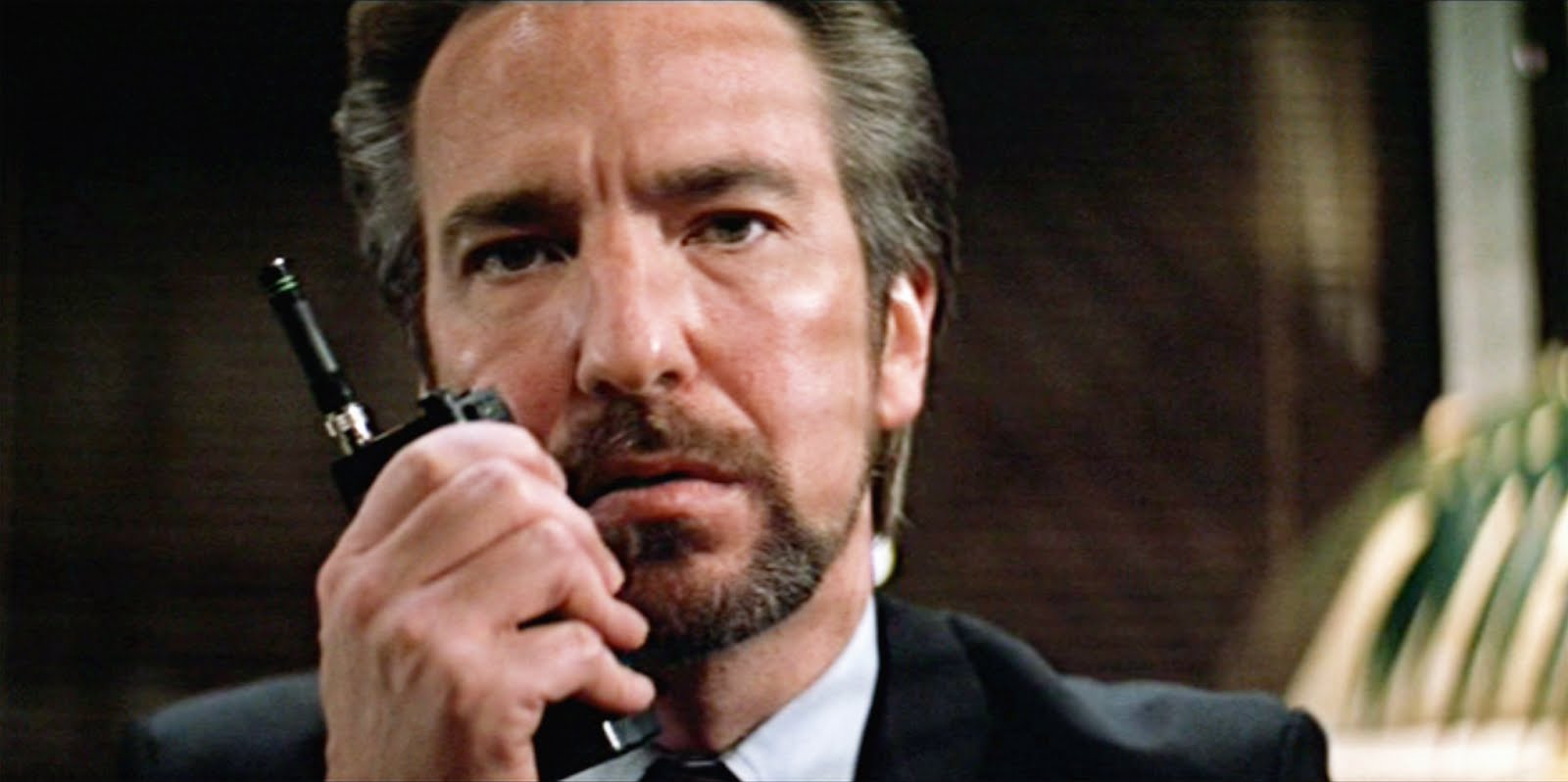
Die Hard is one of the greatest action movies of all time, setting in motion a wave of imitators and genre cliches. So it comes as a bit of irony that the film was originally slated to be a follow-up to not one, but two potential franchises.
Adapted from Roderick Thorp’s novel Nothing Lasts Forever (1979), the original character of NYPD cop Joe Leland had already been played by Frank Sinatra in 1968’s The Detective. Contractually obligated to offer Sinatra the role in this project, the elderly crooner opted out before 20th Century Fox began developing it as a sequel to Arnold Schwarzenegger’s 1985 flick Commando.
Thing is, Arnie had just bombed big with Conan The Destroyer (1984), and hesitancy towards repeating this mistake kept him from signing on. Strapped for options, Fox ultimately rolled the dice on TV star Bruce Willis (Moonlighting), an untested persona with only one leading role to date.
Under the keen eye of director John McTiernan, the retitled Die Hard was a massive success, jumpstarting a franchise that left both The Detective and Commando in the dust – a rare feat in the world of respun sequels. Having Arnie rattle “yippee-kay-yay” just wouldn’t have had that same ring to it.
4. Die Hard With A Vengeance (1995) = Lethal Weapon 4
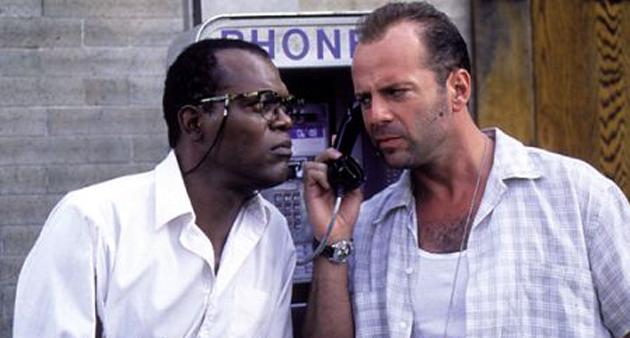
An oddity on this list, being that both the original and the final product were installments in iconic franchises, Jonathan Hensleigh’s short story clearly found some artistic cred with the studios.
Titled “Simon Says” and centered around a terrorist playing deadly games throughout the city, Warner Bros. felt the offbeat tale would be a perfect outing for Lethal Weapon duo Riggs (Mel Gibson) and Murtaugh (Danny Glover). Much to Warner’s chagrin, the script wouldn’t sell for their designated price, leaving Lethal 4 to play out more predictably with co-stars Chris Rock and Jet Li.
As for “Simon Says,” Hensleigh took the bait at 20th Century and sculpted his screenplay to adhere to the world of burnout NYPD cop John McClane (Bruce Willis). Siddled with civilian partner Zeus (Samuel L. Jackson), the aptly titled With A Vengeance also added in the idea that bad guy Simon carried a familial bond to the first film – a nice little touch to keep viewers on their toes.
While the project makes for a nice and vulgar McClane outing, it’s easy to imagine Riggs & Murtaugh riding around Los Angeles trading barbs and killing it in the charisma department. As it stands, both Die Hard and Lethal Weapon entries stand as solid, if not particularly inspired outings. Neither excelled or bombed with their chosen selections, so this can safely be called an even steven entry.
3. Minority Report (2002) = Total Recall 2
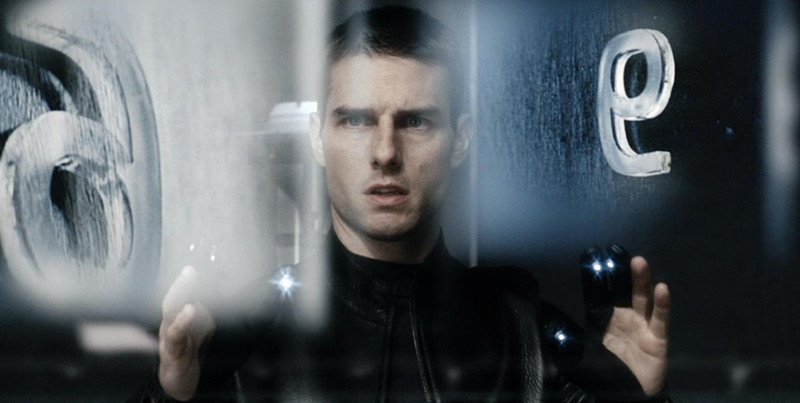
Minority Report is a Spielberg project with a masterful blend of sci-fi spectacle and adult themed concerns. It was a successful outing between the director and star Tom Cruise, and inspired many in terms of its early CGI majesty and sophisticated flair.
The action aspects of the film, however, while prevalent, were originally intended to be much bigger when 20th Century Fox first optioned the rights to this Philip K. Dick story. Dating back as far as 1992, producer/writer Gary Goldman’s script (co-written with Ron Shusett and Robert Goethals) was set to be a sequel to 1990’s Total Recall, another Dick adaptation.
The Arnold Schwarzenegger film was another journey into the perils of digitized reality, encompassing many of the same espionage/psychological aspects of Minority Report. As such, the bottom had fallen out by early 1997, and it’s steady road back to prominence eventually landed in the lap of Cruise and co-producer Paula Wagner.
A slew of delays courtesy of Mission: Impossible II (2000) and A.I. Artificial Intelligence (2001) kept the film in production purgatory, but a 2002 release finally delivered on nearly twenty years of buildup. Thankfully, the end result delivered.
2. The Hateful Eight (2015) = Django Unchained 2
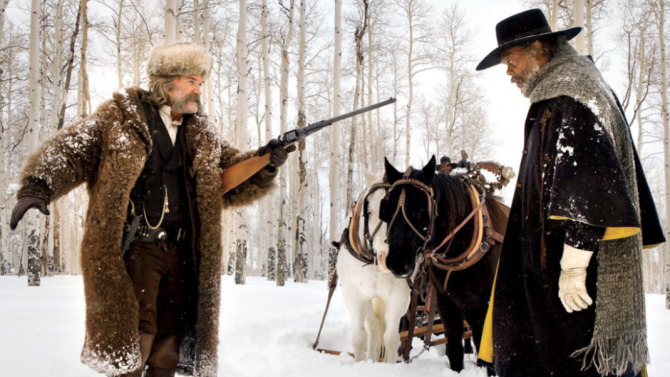
That Quentin Tarantino, always mixing in references and characters from his other films. The famed writer/director has made a career out of cross-narrative cultivating, leaving it ironic that he’s only done one official sequel (Kill Bill Vol. 2) in twenty plus years.
This statistic, however, came awfully close to being amended in 2014 when Tarantino’s eighth film was scripted with the intention of being a sequel to 2012’s Django Unchained. Django (Jamie Foxx) was all set to be 1/8 of the titular outlaws, something that Tarantino ultimately decided against for he felt it took the mystery out of the character’s interactions.
In this regard, he was right. Having the former slave going toe-to-toe with undetermined foes like Sam Jackson and Kurt Russell would’ve underplayed the drawing room uncertainty that drives Hateful Eight’s best moments.
Still, remnants of Django are prevalent, most notably with Tim Roth doing his best impression of Dr. Schultz (Christoph Waltz) as an uppity hangman. A fun possibility, but ultimately a squandered sequel that benefited the potency of both films.
1. Who Framed Roger Rabbit? (1988) = Cloverleaf (Chinatown sequel)
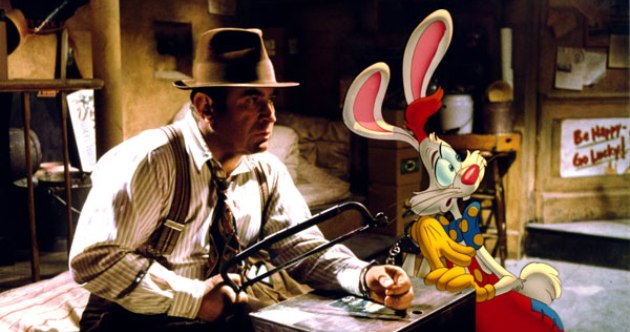
This one has been the subject of debate for many years. Legend has it that screenwriter Robert Towne conceived Chinatown (1974) as the first in a trilogy of films noir that documented L.A. history; tackling water, land, and air in subsequent decades. The second of these stories would ultimately be made in 1990 as The Two Jakes, though the mediocre response killed any chances of a follow-up being made.
That being said, the supposed third entry, working title Cloverleaf, had already been borrowed as the basis of 1988’s Who Framed Roger Rabbit? That’s right, Roger Rabbit is, in some twisted way, the third Chinatown film, released two years before the second – about as confusing as a mystery is liable to get.
This timeline inconsistency has had many fans unwilling to buy the theory, especially since novel Who Censored Roger Rabbit? (1981) has been credited as the main source material. But character names notwithstanding, the similarities between book and script are slim, and the film shares much more in common with what Towne initially described as his Cloverleaf plot.
Either way, makes for a terrific story of its own. Looks like the Oscar winner got his L.A. trilogy made after all – if only we got to hear someone say, “forget it Roger, it’s Toontown.”
Author Bio: Danilo Castro is a freelance writer with a specialty in all things crime. But if it’s not, that’s okay too. Contributor to multiple publications and editor of the Film Noir Archive blog when he’s not watching movies.